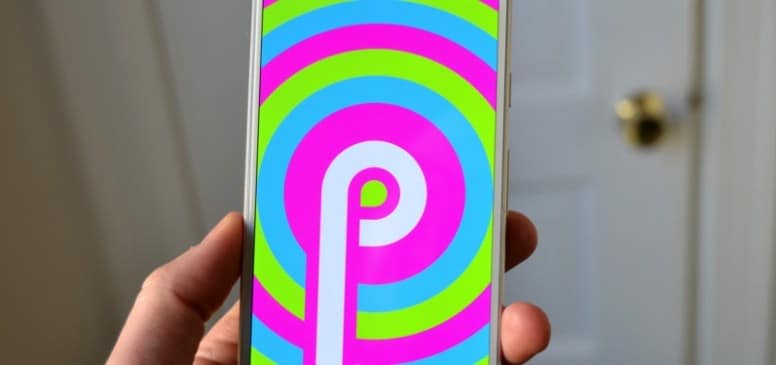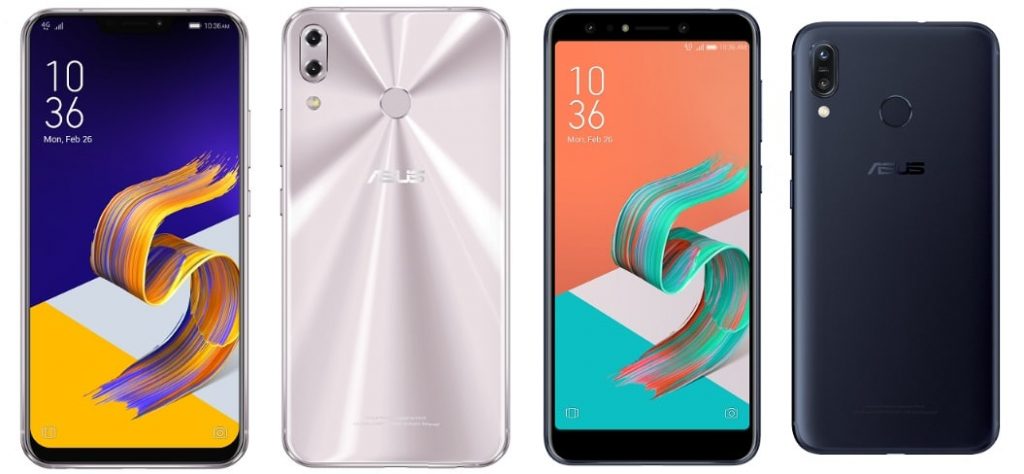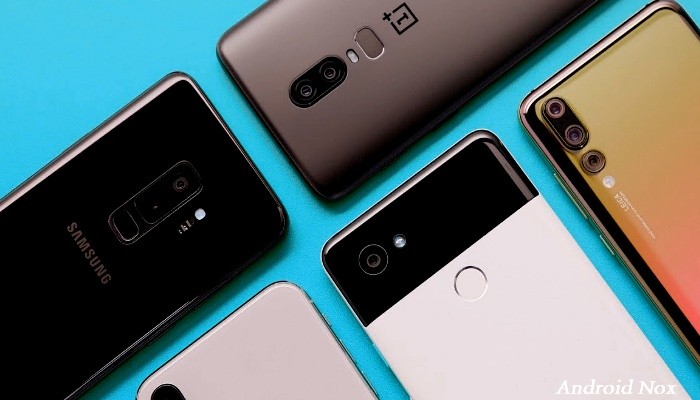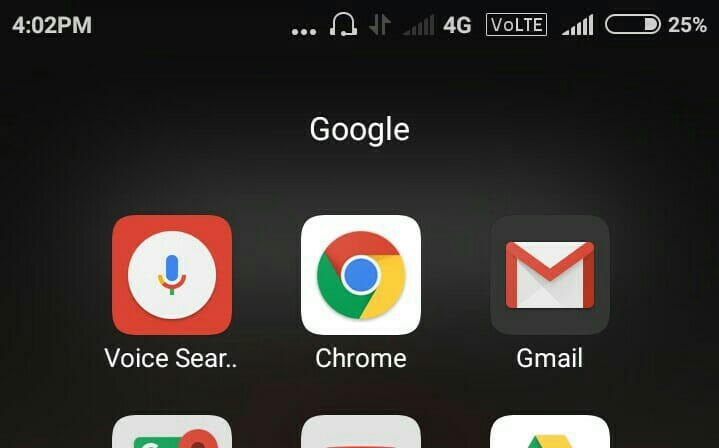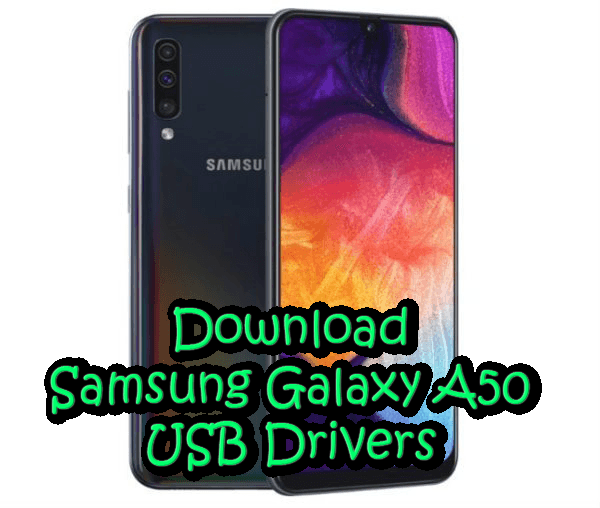The Xiaomi Redmi Note 9T is the latest member of the Redmi Note family, providing 5G connectivity as the main asset. After a good taste in the mouth with the Xiaomi Redmi Note 9S and Redmi Note 9 Pro, the new arrival is faced with the challenge of continuing to conquer the consumer, this time with a MediaTek processor.
With a renewed design, a quite ambitious battery and MIUI 12 under the hood, this Xiaomi Redmi Note 9T passes through our review table. We already anticipate that the proposal is more than interesting, although throughout the analysis we will see where it stands out and what has been left along the way.
Xiaomi Redmi Note 9T datasheet
|
Xiaomi Redmi Note 9 5G |
|
|---|---|
|
screen |
6.53 “IPS FullHD + |
|
Processor |
Dimensity 800U |
|
Memoria RAM |
4 GB DDR4X |
|
Storage |
64 GB (UFS 2.1)/128 GB (UFS 2.2) |
|
Rear cameras |
Main: 48 megapixels, f / 1.79 |
|
Frontal camera |
13 megapixels, f / 2.25 |
|
Software |
MIUI 12 |
|
Drums |
5.000 mAh |
|
Others |
3.5mm jack, Bluetooth 5.1, USB type C, FM radio, dual SIM, NFC, side fingerprint reader, infrared emitter |
|
Dimensions and weight |
161,96 x 77,25 x 9,05 mm |
|
Price |
From 249 euros |

A large mobile, but comfortable in hand
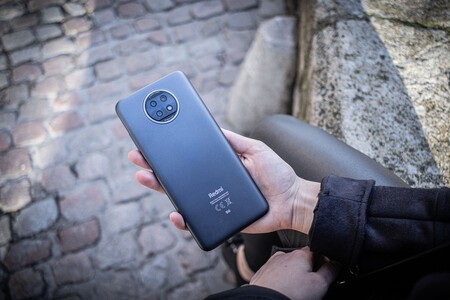
Skimming 200 grams in weight and exceeding 16 centimeters in height, the Xiaomi Redmi Note 9T is a large smartphone. However, its rough polycarbonate finish and rounded corners make it quite ergonomic. The mobile does not slip, it does not get dirty easily and, although at first glance you can see that it is an inexpensive terminal, the feeling in hand is good.
Despite being finished in plastic, the Redmi Note 9T sits very well in the hand. You can tell that it is a cheap terminal, but the feeling is quite good
The module now has a new round shape, more in the style of POCO X3 NFC and Xiaomi Mi 10T Lite than that of its brothers from the Redmi Note family. If we turn it over, we see a small front hole, in the upper left corner of the terminal. The bottom bezel is noticeably larger than the rest, although the frontal use is achieved for the price range in which the terminal is framed.

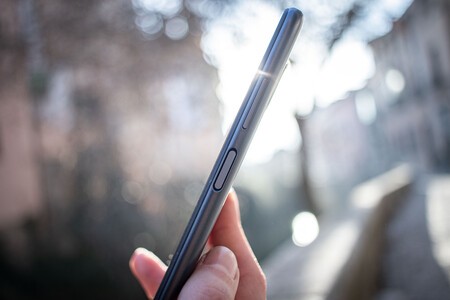 The fingerprint reader is a few millimeters depressed, so when you give it your finger it rubs against the edge that surrounds it and scratches slightly.
The fingerprint reader is a few millimeters depressed, so when you give it your finger it rubs against the edge that surrounds it and scratches slightly. On the right side we have a somewhat uncomfortable fingerprint reader, since it slightly scrapes the fingertip, in addition to dancing slightly. The left side houses the SIM card tray, the lower part the USB type C, lower speaker and headphone jack, while in the upper part we found an infrared emitter.
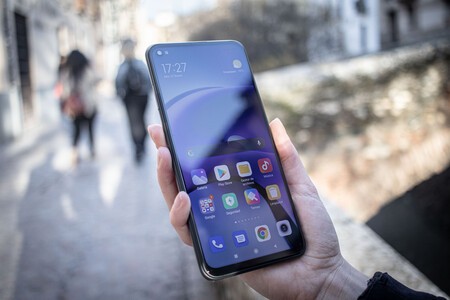
The Redmi Note 9T’s screen is 6.53 inches, with the typical shading of cheap LCD panels and a somewhat fair, but sufficient sharpness. Has a slight oversaturation even after adjusting the panel in the menu. I personally prefer this little boost color on an LCD panel, although it will depend entirely on the user whether this is more or less liked. The brightness outdoors is somewhat low, although we can distinguish the contents without too much trouble.
The Xiaomi Redmi Note 9T has a double stereo speaker. This helps a more immersive experience in games, although at the final quality level it can be improved
Regarding sound, it is appreciated that comes with a dual stereo speaker, the bottom one, and a small speaker located on the top bezel. However, the quality is somewhat fair, missing bass and a little more forcefulness. Stereo sound is mainly noticeable in gaming, with the front speaker pointed at us. Through software we can reinforce the sound through headphones, which is correct.
A MediaTek that delivers to spare and good battery
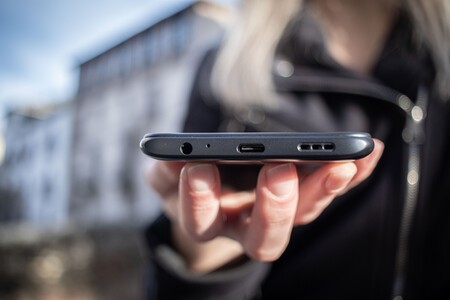
To achieve 5G connectivity at a low price, Xiaomi has opted for the MediaTek Dimensity 800U. It is a processor manufactured in 7 nanometer process, with a maximum frequency of 2.4 GHz in its most powerful cores. It is accompanied by 4 GB of RAM and 64 GB of internal memory. The performance of the terminal is more than enough for daily use, although in demanding games, such as ‘Genshin Impact’ it costs it to consistently exceed 25 FPS with average graphics.
The Dimensity 800U has performed solvently in demanding tests. However, a base of 4 GB of RAM to move a ROM as heavy as MIUI 12 weighs down the user experience
The main drawback is the 4 GB of RAM which, due to the high resource consumption of MIUI 12, causes apps to close too frequently. Despite these drawbacks, for average users the performance is more than worthy, beyond some specific lag of the customization layer and the small limitations of the hardware.
|
XIAOMI REDMI NOTE 9T |
REALME 7 |
REALME 6 |
XIAOMI POCO X3 |
OPPO A91 |
SAMSUNG GALAXY A51 |
XIAOMI REDMI NOTE 9 PRO |
HUAWEI P40 LITE |
|
|---|---|---|---|---|---|---|---|---|
|
PROCESSOR |
Dimensity 800U |
Helio G95 |
Helio G90 |
Snapdragon 732G |
Helio P70 |
Exynos 9610 |
Snapdragon 720G |
Kirin 810 |
|
RAM |
6 GB |
8 GB |
8 GB |
6 GB |
8 GB |
4 GB |
6 GB |
6 GB |
|
GEEKBENCH 5.0(single/multi) |
497 / 1.1729 |
528 / 1.600 |
512 / 1.670 |
566 / 1.787 |
297 / 1.327 |
347 / 1.338 |
571 / 1.793 |
– |
|
3D MARK (Sling Shot) |
4.121 |
3.649 |
3.145 |
3.780 |
1.249 |
2.031 |
– |
– |
|
PCMARK WORK |
10.362 |
14.065 |
10.840 |
8.299 |
7.396 |
5.399 |
8.040 |
7.808 |


As for the software, we have MIUI 12 and Android 10. The Redmi Note 9T comes with its good portion of games, pre-installed apps and advertising. We can uninstall most of them and remove advertising, something that involves extra effort for the user, especially with the issue of ads. MIUI 12 is a customizable ROM, well finished on an aesthetic level and complete in functions, but every time it gets heavier and heavier, causing the user experience not to shine as much as it could.
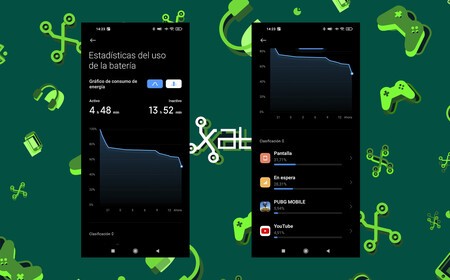 Even with a good time of PUBG Mobile we have achieved almost five hours of screen with 50% remaining.
Even with a good time of PUBG Mobile we have achieved almost five hours of screen with 50% remaining. Where the Redmi Note 9T really shines is in the autonomy section. If we abuse WiFi and low brightness we can exceed nine hours of screen, although with more intense use (photography, 4G, high brightness), it will stay close to seven hours. Very good figures added to a fast charge of 18W that fully charge the mobile in two hours.
Three cameras on the back, although you will use one
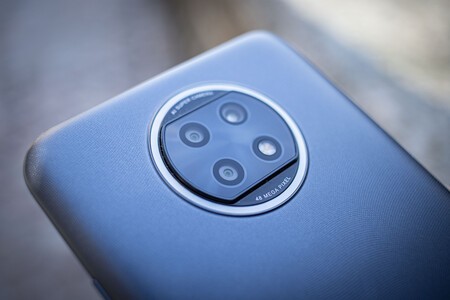
The Xiaomi Redmi Note 9T has a 48 megapixel main sensor, accompanied by two cameras that serve more as a filler than as a real support. The other two sensors are a macro and 2 megapixel depth sensor that, as we will see later, do not invite us too much to use them. The important thing is that the main camera complies, although let’s look at the camera app first.

The Xiaomi camera application is quite complete in functions, although somewhat slow in operation. We can control the HDR, activate portrait mode, night mode, show grid, etc. Similarly we have built-in AI functions, as well as Google Lens. Complete, but not very fast, is the best summary for an app from which little more can be asked in terms of functionality.
Photography with the main camera
 By day the detail is quite good, and the highlights are relatively well preserved.
By day the detail is quite good, and the highlights are relatively well preserved.  HDR photo on the left.
HDR photo on the left. The results from the main camera are acceptable, although a small step behind expectations. The dynamic range is sufficient, without excessive burns. It will be necessary to activate the HDR if we do not want burned, something important since, by default, it is deactivated. The difference in high-light scenes is noticeable if we leave it active.
 Night mode on the right. The result is noticeably better.
Night mode on the right. The result is noticeably better. As soon as the light falls, the Redmi Note 9T begins to have a bad time. White balance tends to warm without correction of any kind, detail drops and noise makes an appearance. Fortunately, with portrait mode we can save the photo, obtaining more detail (despite being more artificial) and reducing noise.

The portrait mode is helped by a two megapixel depth sensor, achieving a decent crop in both people and objects. The bokeh is somewhat artificial, noting that we are facing an economic terminal. However, it is a way that we will resort to on more than one occasion after seeing the results.

The selfie is fair enough, with an even more artificial portrait mode and finishing with the detail on the skin. If we have good light conditions it does not have much problem, but indoors or at night the small front sensor suffers, although within the expected margins in a mid-range.
Xiaomi Redmi Note 9T, the opinion of Xataka Android
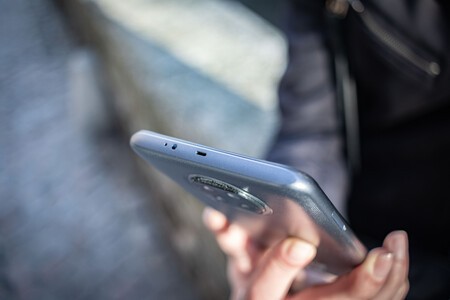
The Redmi Note 9T is an interesting concept: a very cheap 5G mobile, with good battery and sufficient performance for average users. The Dimensity 800U has proven to be a solvent platform, both in terms of energy and raw processor performance: it is not the most powerful in the mid-range, but it delivers.
The Xiaomi Redmi Note 9T is a cheap 5G mobile, with a great battery and a very nice design. We miss a better camera and a little more power, but average users will be satisfied
As points to improve we find the lack of ultra wide angle, the photographic quality of the main sensor and a better polish of MIUI 12, which continues to give the odd pull, something that the 4 GB of RAM does not help either. Despite this, a recommended option for users who want a 5G mobile for little money.
7.9
Design8
screen7,5
performance7,5
Camera7
Software8
Autonomy9,25
In favor
- All the wireless connections you might need.
- Very good autonomy.
- Power to spare for a mobile of its category.
Against
- The photographic performance can be greatly improved.
- Too much bloatware.
- Still with Android 10.

The terminal has been provided for testing by Xiaomi. Can inquire our policy of relationships with enterprises.

